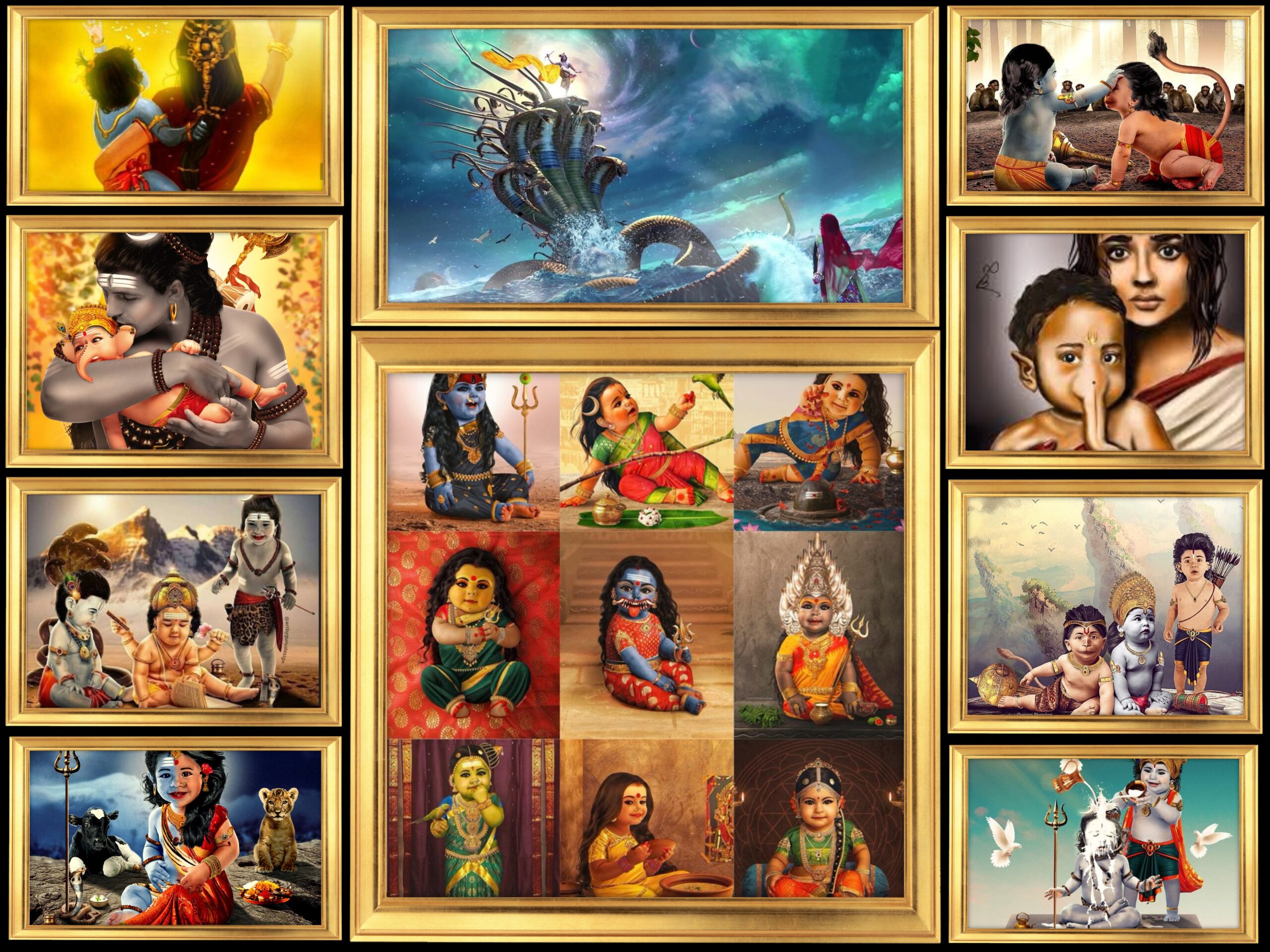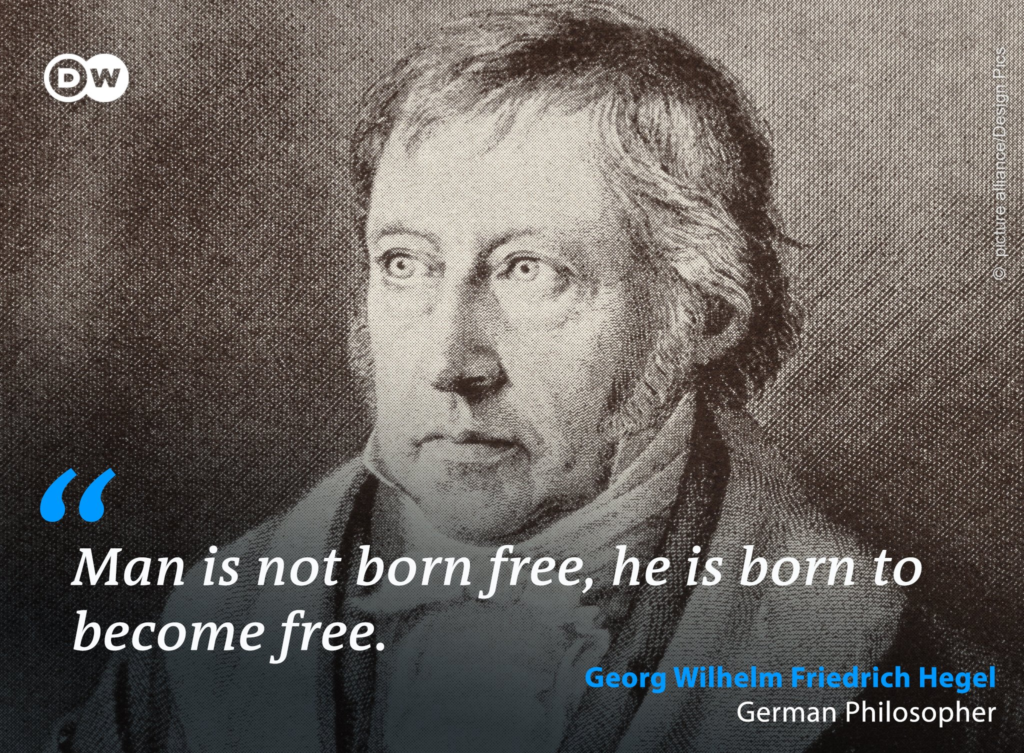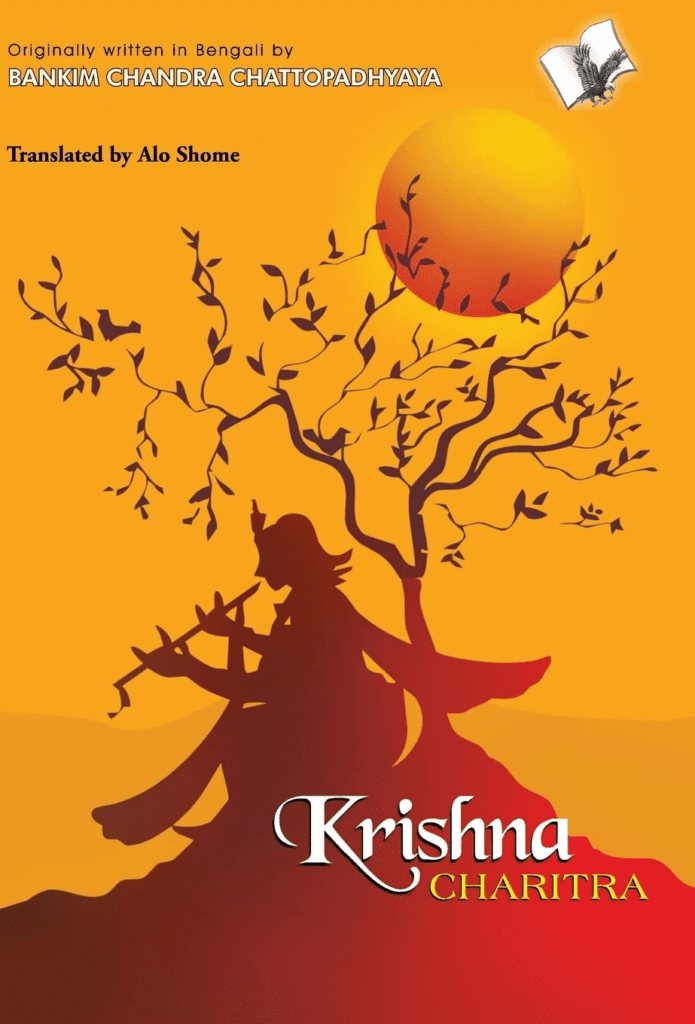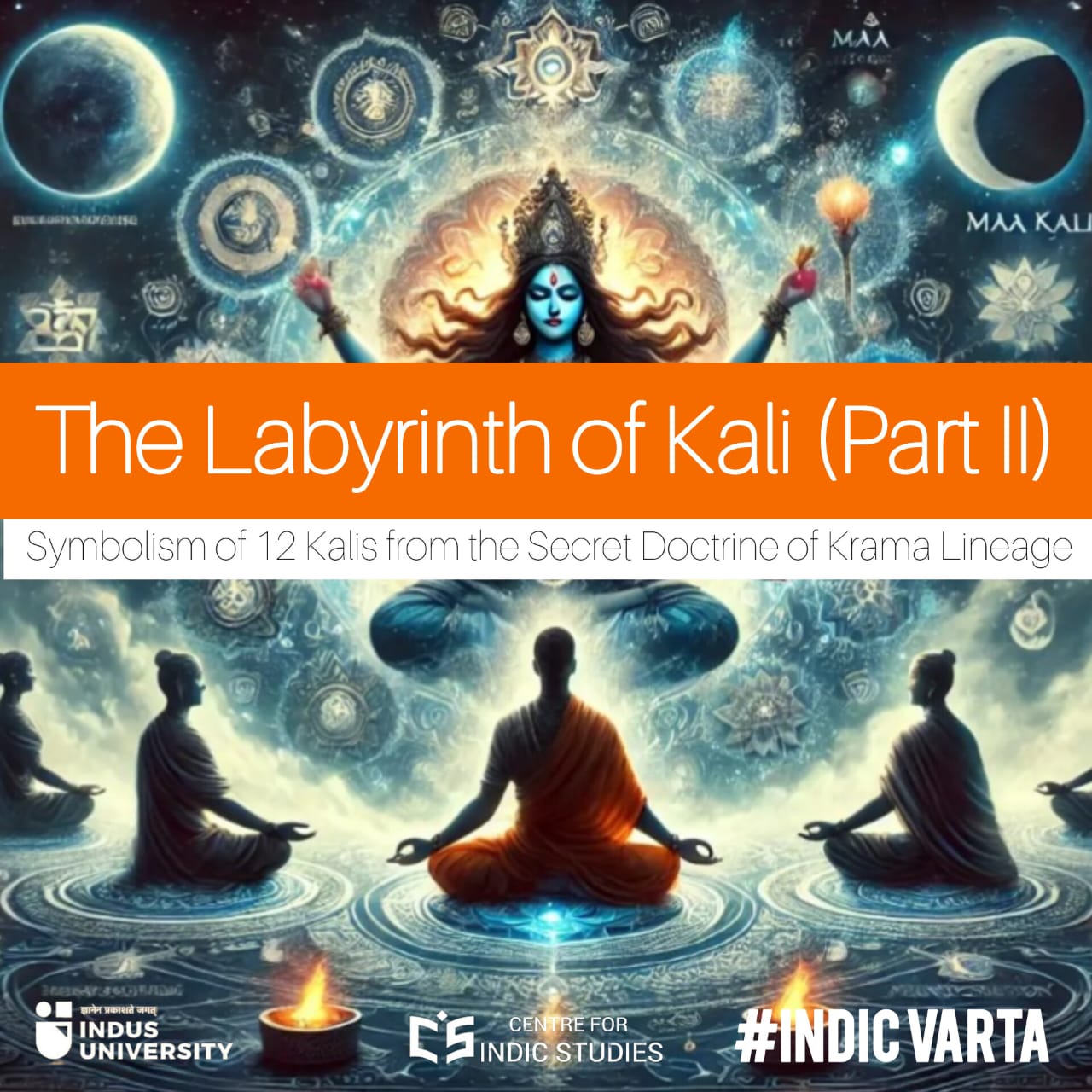- Visitor:45
- Published on:
The Hero as a Child
Joseph Campbell mentioned in his book “The Hero with a Thousand Faces” that the concept of hero-hood is predestined. However, the path towards the destination is never very simple. The hero’s miraculous childhood presented in the stories features and highlights some special manifestation of inherent divine principles embodied in his human life. The playing of various roles as per the demands of life makes a bog-standard hero turn into an extra-ordinary.

- Analysis collected from: Joseph Campbell, Bankim Chandra Chattyopadhyay, Sri Ramakrishna, Swami Vivekananda, Sri Aurobindo’s works
- Originally published at: https://modernmythology.net/ (Nov 6, 2019)
Eki a sundaro sobha! Ki mukh heri e!
Aaji mor ghare ailo hridoyonath
Prem utso utholilo aaji
(Song of Rabindranath Tagore)
Translation: What a mesmerizing elegance! What a face to look at!
It’s like, today in my home, the ruler of the heart has come down
The origin of love is surging up


Joseph Campbell mentioned in his book “The Hero with a Thousand Faces“ that the concept of hero-hood is predestined. However, the path towards the destination is never very simple. The hero’s miraculous childhood presented in the stories features and highlights some special manifestation of inherent divine principles embodied in his human life. The playing of various roles as per the demands of life makes a bog-standard hero turn into an extra-ordinary.

The idea of “zeitgeist”, mainly linked to Georg Wilhelm Friedrich Hegel, the popular figure of German Idealism, indicates some invisible agent or force or beliefs, ideas or feelings, dominant typically during a specific period of human history. In a sense, maybe heroes embody a zeitgeist- the spirit of the time; the spirit characteristic of an age or generation. Nonetheless, the challenges in a hero’s life vary according to the situation, whether violent or non-violent, intellectual or done with muscle power, absorption or rejection of ideas and so on — with variation in magnitudes, as per the necessity of the zeitgeist. From the very beginning of our life, as already formulated, our task is to gather experiences with full consciousness, in every step. Here lie the different preordained steps of the cycles involved in the Cosmogony model.

Once, little Siddhartha or Buddha was left below the shade of a tree. All of the sudden, the nannies noticed that his shadow was static throughout the afternoon. There sat a child in a calm meditating trance. So these stories often go symbolic for psychological and spiritual states. There is an inseparable relationship between Siddhartha’s entire biography and character at his initial days.

Again, for instance, there is a childhood legend about Chandragupta, the founder of the Maurya dynasty in India. As per the Sinhalese Buddhist traditions, his dad, the chief of the Maurya clan was killed in a battle. His mother was pregnant at that time. For his safety, his maternal uncle moved him to a cowshed. There he was fostered by the herdsmen. One day Chandragupta was playing with his friend — the game of High King! Sitting in the judge’s seat, the little boy gave orders that the worst convicts must be punished by cutting their hands and feet off. Watching the game, a prince passing by bought the child paying a thousand Karshapana. As he brought him home, he saw the physical signs in Chandragupta’s body, indicating that he is a Maurya. The mythologies agree that extraordinary deeds in the adolescence, as the blessing in disguise, are the potential remaining and invested in earlier days needed for facing and surviving the later life experiences.

As per the Platonic, Neoplatonic, Neopythagorean, and Middle Platonic philosophical schools, the “demiurge” refers to the craftsman-like figure. Besides, being subordinate to the supreme God, the demiurge maintains and fabricate the physical universe adhering to an ultimate standard or ideal. The term was adopted by Gnostics as an evil force, after all, it is maintaining an illusion. Demiurge isn’t equivalent to divinity and the resources through which it designs the universe are both the results of something else.

On the other hand, as per Aristotelianism, active reason indicates the generation of new objects of thought, the only immortal element of the individual mind. The demiurge is seen as the Platonic personification of this active intellect. Under this context, Joseph Campbell explains that the hero’s life is formulated as a progression, from a bottom level to the higher stage, recapitulating and connected with the prior experiences at evey step. Over and above, Campbell mentions that “The deeds of the hero in the second part of his personal cycle will be proportionate to the depth of his descent during the first.”

Thus, the outcomes of the cycle of childhood are to gain recognition or return as the hero. Here, his actual character comes up after compromising with huge obscurity and crisis. The events prove the cultivation of inner powers manifested in the beau ideal, already there from the previous.


Children have this sense of heroism hidden within, a potential to change the direction of the world. Some of the lovely popular stories identified with the childhood of the Hindu God Krishna demonstrate the point. For investigating this, Bankim Chandra Chattopadhyay and his “Krishna Charitra” is of huge help. Here, I am bringing up and possibly translating some elementary events as listed by Bankim. The following accounts or fables in Bankim’s words will provide a potential narrative gateway towards leadership, compassion and self-confidence for us all.

Firstly, the case of Putana’s slaughter can be considered. She was a Rakshashi directed by Kansa to finish off, the ankle-biter new born Krishna with poisoned milk. Some school of thoughts claims that she showed the ultimate act of the maternal devotion underpinning her unscrupulous intentions. The term “Putana” can also be interpreted as the symbolism of danger through a bird or infantile disease. Besides, she is also the metaphor for wicked mother. Bankim highlights that during the episode of killing Sishupala in Mahabharata, there are mentions of Putana, where Shishupala calls Putana a “Shakuni”, meaning also “vulture, eagle or weed birds”. Putana is, on the other hand, looked at in the list of evil-minded mother goddess known as Matrikas. Medical texts in ancient India suggest worshiping Putana for securing their child from diseases.

Next, there is the incident of overturning the milk cart. It was Krishna’s birth ceremony, and his mother Yashodha put him asleep under the cart, which was at the time loaded with milk. After he got up, the child started to cry out for it. As the mother could not listen to his cries, little Madhava kicked the cart and overturned the vehicle, breaking the pots. Milk started to flow in his mouth. Bankim identifies that in Rig Veda Samhita there is a mention of a similar type of story with Indra and Usha. The tale of Krishna can be a new version of the ancient metaphor. There are many reasons to consider prior Vedic stories which have become embedded in the Krishna Lila stories.



One day, Yashodha was caring and cuddling Mohana and at a glance, the child lying on the lap yawned. There is another version of the story of Gopala been wrongly accused of eating a bit of dirt. “Tut! Tut! Open your mouth,” asks the mother. As he opened his mouth, Yashodha gasps and visualizes the entire cosmos there. The episode is first mentioned in Bhagavata and Bankim suspects it to be the creation of the author of Bhagavata Purana. Again, Krishna’s life hit a snag from a demon named Trinavarta, ordered by Kamsa, who took the form of a whirlwind to subdue him. He snatched him away in the sky. However, the Raksha faced a challenge in proceeding, as the body of the child turned heavy. The demon died, burdened down by the added weight. This story is also there in the Bhagavata from the first, and from where it is derived. There is no surprise that any tornado can pick up a child. The writer of Bhagavata Purana also mentions that as Krishna grew up, he used to annoy the Gopis by stealing the curds. However, Bankim reminds that these stories are not there in Mahabharata and Vishnu Purana.
Another example is the famous tale of Krishna slaying and playing with the Kaliya snake. As per Vishnu Purana, the creature has three hoods, Harivamsa mentions five, whereas Bhagavata refers to a hundred. The episode is not there in Mahabharata. Particularly, Bhagavata has extended the story and the narration itself is full of unnatural plots.

Nevertheless, the metaphor is very lovely as described in Bankim’s words. The aerodynamic black water, enormous, dark, intense currents that change at a moments notice represents the challenges in life as well as the flow of time itself. All the harmful enemies reside there secretly. Like serpents, they lurk with crooked intention and infallible poisons. The three hoods of the snakes represent the materialistic, spiritualistic and illusory worlds. If it has five hoods, then one can also argue that the five sense organs are the root of all troubles and that’s why those five hoods, and if the countless reasons behind our infelicity are considered, then there are hundreds of hoods to depict.

When it is the time for God to show us mercy, he comes out swinging and suppresses the poisonous serpent, manifesting his adorable image while playing the flute and this makes us fearless and relaxed, optimistic and lean towards a more peaceful life. The whirling water of Kalindi, fierce sound, the circumgyration of the waves, and ominous heads of the cobra in contrasted to the figure of the spellbinding flute holder Mohana, draw us into this amazing creation of the ancient authors, as Bankimchandra demonstrates the entire narrative. Moreover, he argues that as one can create such type of idol and then worship it as God, who would dare to make fun of him as an idolater? The picture is worth 1000 words!

Lastly, let’s discuss the lifting of Govardhan Hill by Gopala. The mythology indicates the downfall of the Vedic God Indra in society. It is the transition between the change in spiritual thought from Yajna or “give-and-take format of worship” and sacrificial process towards a more individual devotional plane of thinking. Bankim explains that in Mahavarata, Sishupala mentions this episode. Govardhan is still there and it is not an ant-heap but an 8 kilometers long hill at Mathura district of Uttar Pradesh. Nandalala is claimed to hold the hill up for seven days.

Bankim raises the doubt that those who claim him as avatar or incarnation of God, can easily argue that there is nothing impossible for God. Nonetheless, as with many myths, there is no logic for God to perform such a childish task. He could have easily brushed the clouds aside. Here, he continues by analyzing that we can see this is as the Lila or play of God as a child. Who are we to understand such divine action with our mere mudance brain? However, it is well understood that Krishna refrained the Gopis from worshipping Indra, the Vedic God from further conducting the Vedic rituals and tried to divert their mind in worshiping the hill or nature. This type of activity has considerable implications. I will be cutting the long story short on the same page with what Bankim himself has shed light on his own understandings. A central concept of monotheism is that the world has only one God and there is none but him. Indra simply means in Sanskrit one who creates the rainfall. Now, this can be done by the divine monad and no separate “ultimate god” is needed for that. Nonetheless, worshipping Indra has an actual meaning. God is infinite, the infinite Gunas and union of the three set of Gunas or qualities: sattva, rajas and tamas.

It is difficult to imagine the infinite in the human mind. One can definitely claim to worship or concentrate on the infinite, but people in relaity tend to worship various powers or Gunas symbolically. This happens with all religion or ideas, but Bankim believed the Hindus are ahead of the curve in accepting this. According to them, the origin, presence or manifestation of these powers is refulgent in the material world. Same as other gods like Surya, Varuna, Agni, Vayu, Indra also denotes a distinct aspect of nature behind the scenes, which was important for the people living under the troposphere over the Indian subcontinent- a land of monsoon and agriculture. Bankim reminds us that, however, people gradually forgot the inner significance and only the empty format of worship remained in society. Mahabharata and Gita help to get the picture that Krishna has been repeatedly engaged in the revival of the older ideas, besides being caring enough to uplift the thinking of the people. What has been preached by him in his mature form can be found in these initial and early days, what is presented in these stories. God is there in every element, not only in clouds but also within hills and cows and cattle. If showing devotion towards the clouds is effective, then there is nothing illogical to show salutation to the cows and hills. Instead of worshiping the non-living beings, servicing and helping the poor, the sufferer and taking care of their cattles and resources is a more Dharmic act, as repeatedly echoed in the Hindu way of thinking everytime.

Swami Vivekananda preaches, if one is unable to love the subsidence, how can one love the whole-sum, higher level cosmic mind? God or Govinda is this whole-sum. If the world is imagined to be a united sum, then that is God. By loving the summation or the omnipresent leads to devotion towards each and every element within it. This search for the bigger picture of universe from the side of individual souls that has its self reflection there, has been the aim of Indian mind and Dharma.


God in the form of children has always found its love and place in Indian literature, art and culture. As per Sri Aurobindo, in this cultural sphere, the soul is considered as the truth for the existence of individual personality. The life is referred to as the platform for manifestation of inner soul. Culture constantly seeks the eternal, infinite and infinitesimal of all individual forms, and this is indicated as the truth, or the God. Human birth in this body is still considered as a part of the universal soul. The continual rise in consciousness in the path of development is just another name for the movement towards God. Now let’s end with a story from Sri Ramakrishna Paramhamsa, often retold by Joseph Campbell.
One day, a pregnant tigress abruptly came across a group of goats in a dense forest. While jumping over the group in puzzlement, she suddenly delivered a cub and died. The baby beast was brought up by that goat community. The goats eat grass and seeing them the cub, grown up a little bit now, also eats grass. They bleat, and accordingly the cub, losing his inherent touch, also makes the bleating sound. Meanwhile, one day another elderly tiger came across the tribe and it was strong and had enough wisdom. As he came across the cub, with full of surprise and shame, he captured its neck and tried to pull him to his own community. But the cub was stepping back with hesitation and screaming loudly. “I can’t even”, the grown up tiger moaned and tried to drag the little creature to the bank of a river. There the senior pointed his face on the reflection of the water and rebuked by saying, “What the hell are you doing with your life? Look at your face, dear. It is same as me. Take this piece of flesh and eat it.”

After much turmoil, giving benefit of doubt, he tried the meat, and having the taste of blood the cub started to gulp the newly found food item with so much fun that with a gigantic roar he got ready to jump with both his feet! The older tiger gets relaxed, pats on his back and blows off steam, “Now, have you understood that you and I are the same? Come, let’s go deep into the forest and rule”.
Godliness or freedom is always within us, hidden in this limited world that we have to seek peeping towards inside. In other words, we have to fight with our inner mind to unlearn the false identity we have been knowing about ourselves… grow up and roar fully… proudly for and with our real nature!!

Content courtesies:
§ Gitanjali by Rabindranath Tagore
§ The Hero With a Thousand Faces by Joseph Campbell
§ Krishnacharitra by Bankim Chandra Chatterjee
§ Complete Works of Swami Vivekananda
§ Foundations of Indian Culture by Sri Aurobindo
§ The Original Gospel of Ramakrishna
§ Beloved lord krishna’s baal leelas-https://www.speakingtree.in/allslides/beloved-lord-krishnas-baal-leelas/41198
§ Demiurge — New World Encyclopedia- https://www.newworldencyclopedia.org/entry/Demiurge
§ Active reason — Psychology History Timeline — Athabasca University
§ https://psych.athabascau.ca/html/Glossary/demo_glossary.cgi?mode=history&term_id=833&color_id=1
§Putana- https://en.wikipedia.org/wiki/Putana
§ GOPAL by Paul Steinberg- https://jivamuktiyoga.com/fotm/gopal/
Center for Indic Studies is now on Telegram. For regular updates on Indic Varta, Indic Talks and Indic Courses at CIS, please subscribe to our telegram channel !
- 22 min read
- 0
- 0










